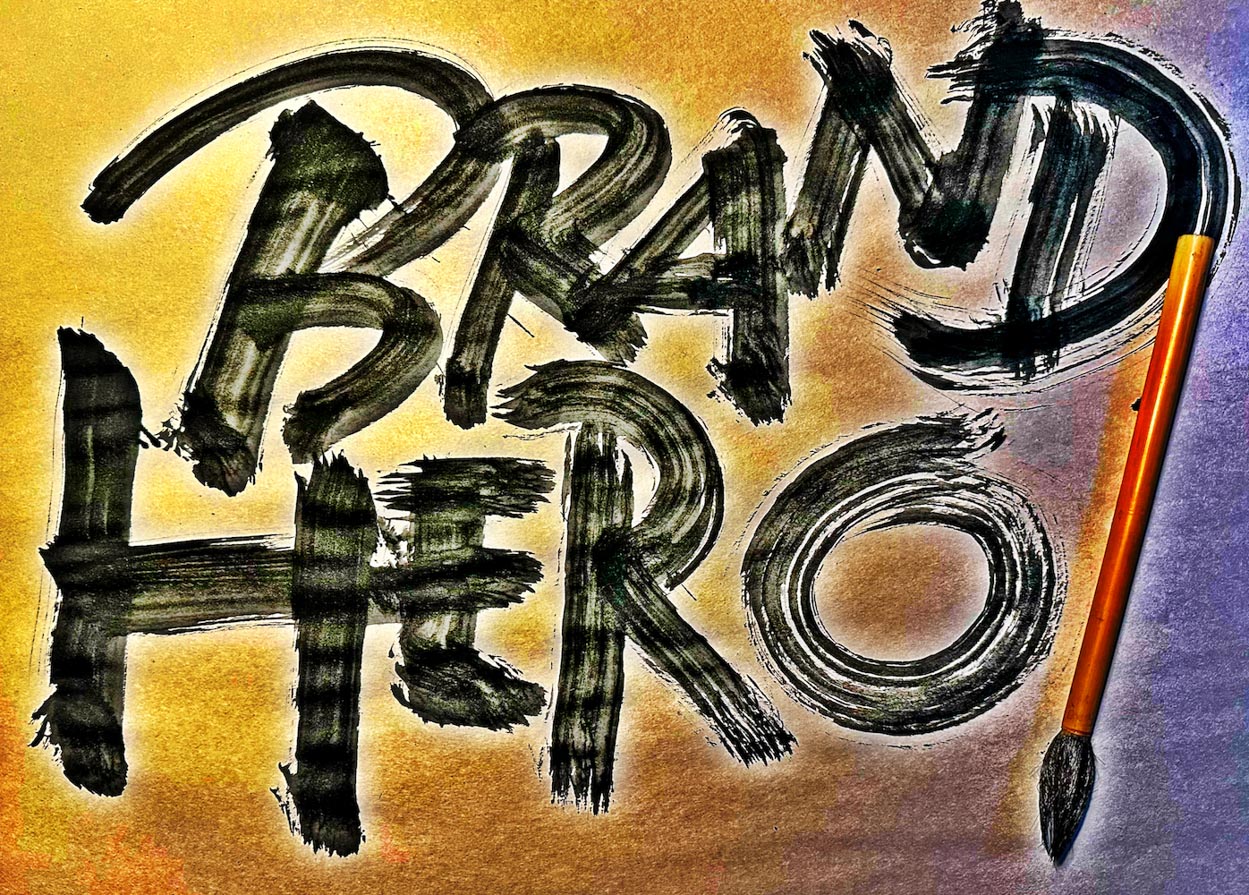
When I was young, my Mother belonged to a Jungian Study Group—she, and a group of colleagues, friends and professionals would meet to explore Jung’s theories. What I took from this—in my pre-teen years–was that there was something interesting there, if they were talking about this person, Dr. Carl G. Jung.
I looked at Mom’s books and started digging around.
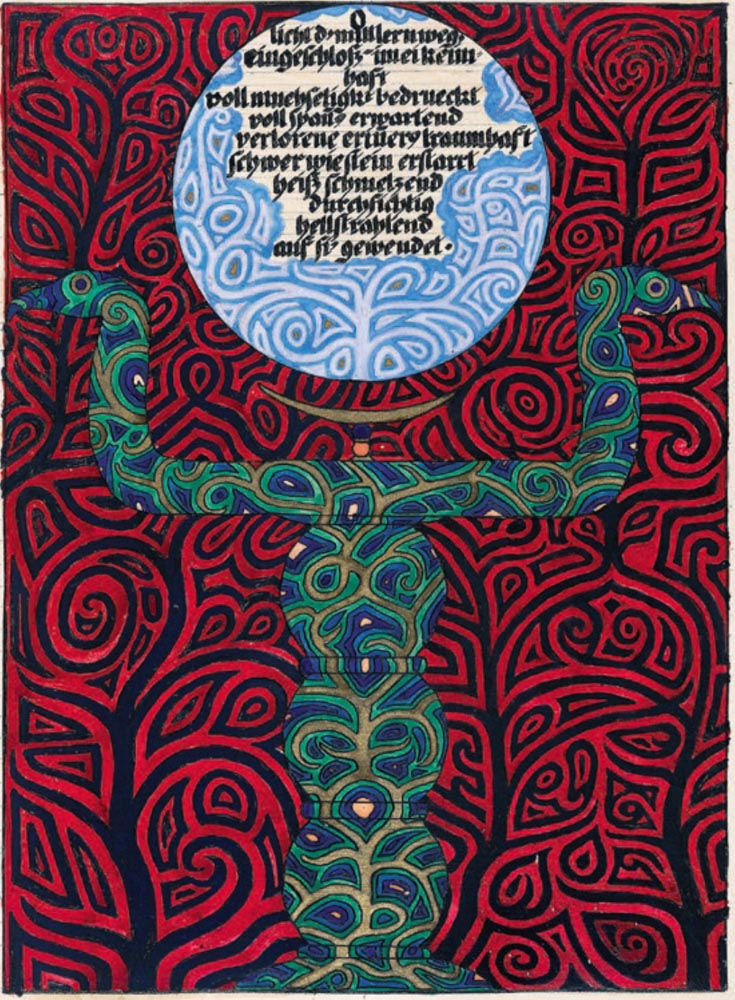
C.G. Jung | Liber Novus
In my own momentum of curiosity—studies worthy of further examination—I was most curious about Jung’s drawings, calligraphy and painting. I found out about this book though her study group—and Jung’s “Memories, Dreams and Reflections.” In 1962, it was a newly published book. From there, I learned more about Liber Novus—his masterwork, these are collected in later emerging editions as “The Red Book.”
I later saw this original tome at the Rubin Museum in Manhattan.
Now that was really interesting, as a draftsman and early sketcher, I worked mostly from my own imagination, like many young drawing aficionados, I liked to draw fantastic architectures, adventuresome realms and mysterious places—and the things that populated them. And I could relate to his drawings—particularly in the interplay of his patterned meditation—a kind of personal cosmology of dream landscapes, and his scripted notations.
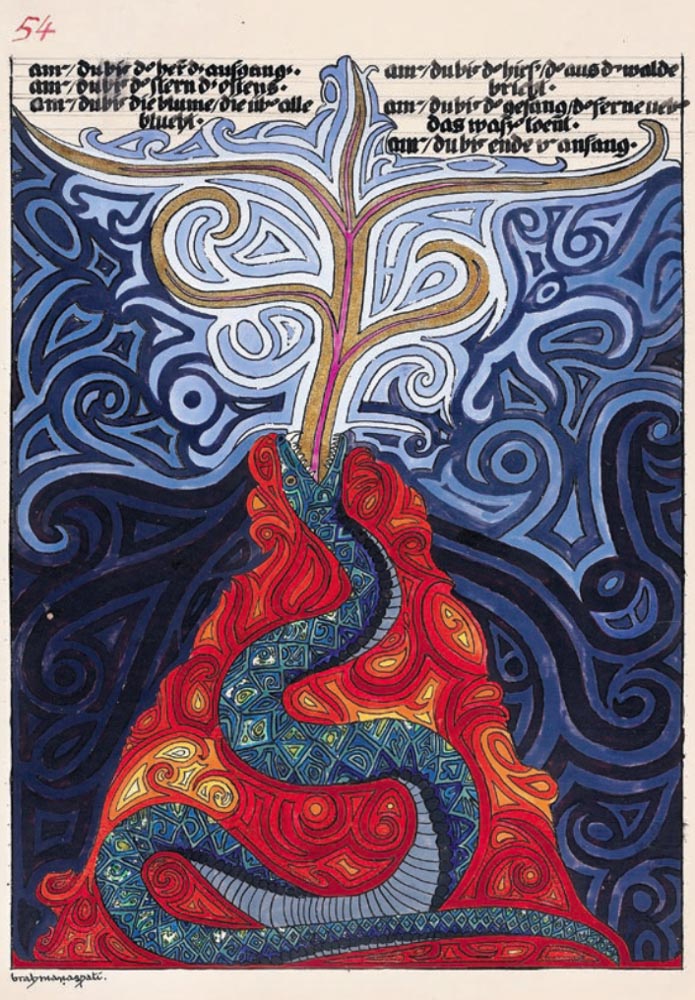
C.G. Jung | Liber Novus
From here—and Mom’s collections—I found another accessible tier in
his Man and his Symbols, the US English edition and an overview of his philosophies and explorations.
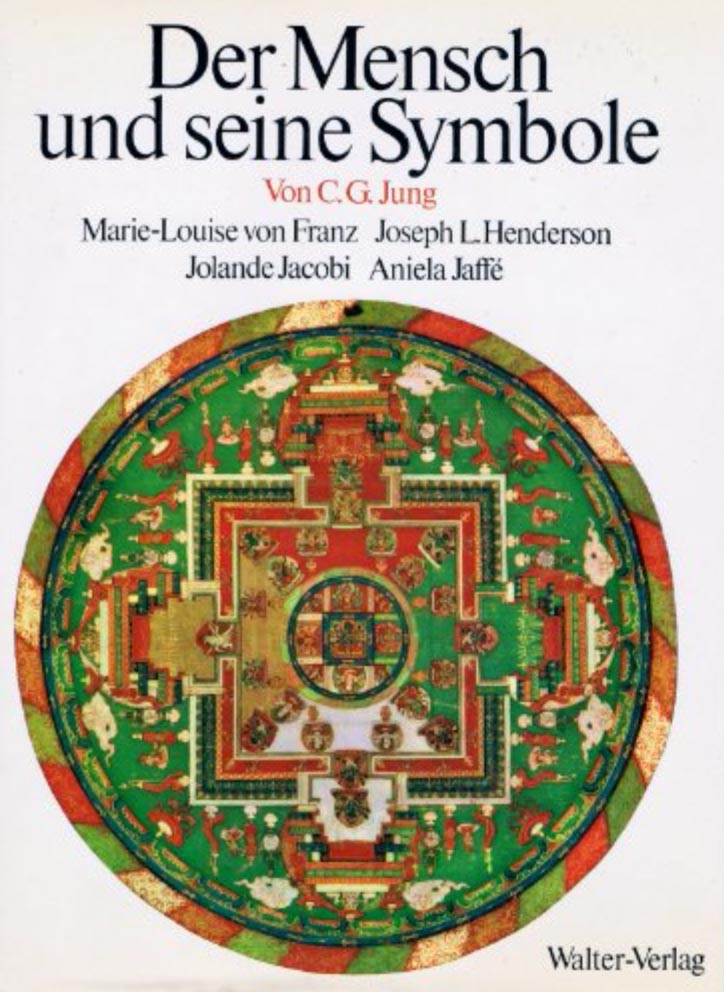
It was here that I found the intermingling of myth, legendary narratives, anthropology diving into deeper psychical studies and finally, most importantly, meaning. This book was a massive eye-opener. For me, that signaled a massive change and that lies in the quest for meaning—aligning art and the craft of making with deeper intentionality—surely it can be beautiful, but it could be as well imbued with meaning.
This alignment, for me, later pointed me towards the persistent synchrony of meaning in strategy—“what’s the story, who’s telling it, who’s listening and why should they care?” With the implications of strategy, tiers of meaning apply— and how far in does one venture?
For some brand strategists, the actual implications of Jungian archetypes apply. The structure of the archetypes are founded on a kind of cardinal compass—the four points of EGO—to be known and admired; ORDER—structure; FREEDOM—the break from limitations; and SOCIAL—the storytelling of relationships. This crosses to the archetypal categorizations, which have been evolved and augmented in support of branding theories.
That plays out to the following archetypes—the wisdom of the SAGE, the control of leadership of the RULER, the rebellious OUTLAW, the EVERYMAN—a participant, the transformative MAGICIAN, the care-filled LOVER, the trickster in the JESTER, the purity of the INNOCENT, the range of the EXPLORER, the maker—ARTIST, the nurturing CAREGIVER—and finally, the master journeyer, the HERO.
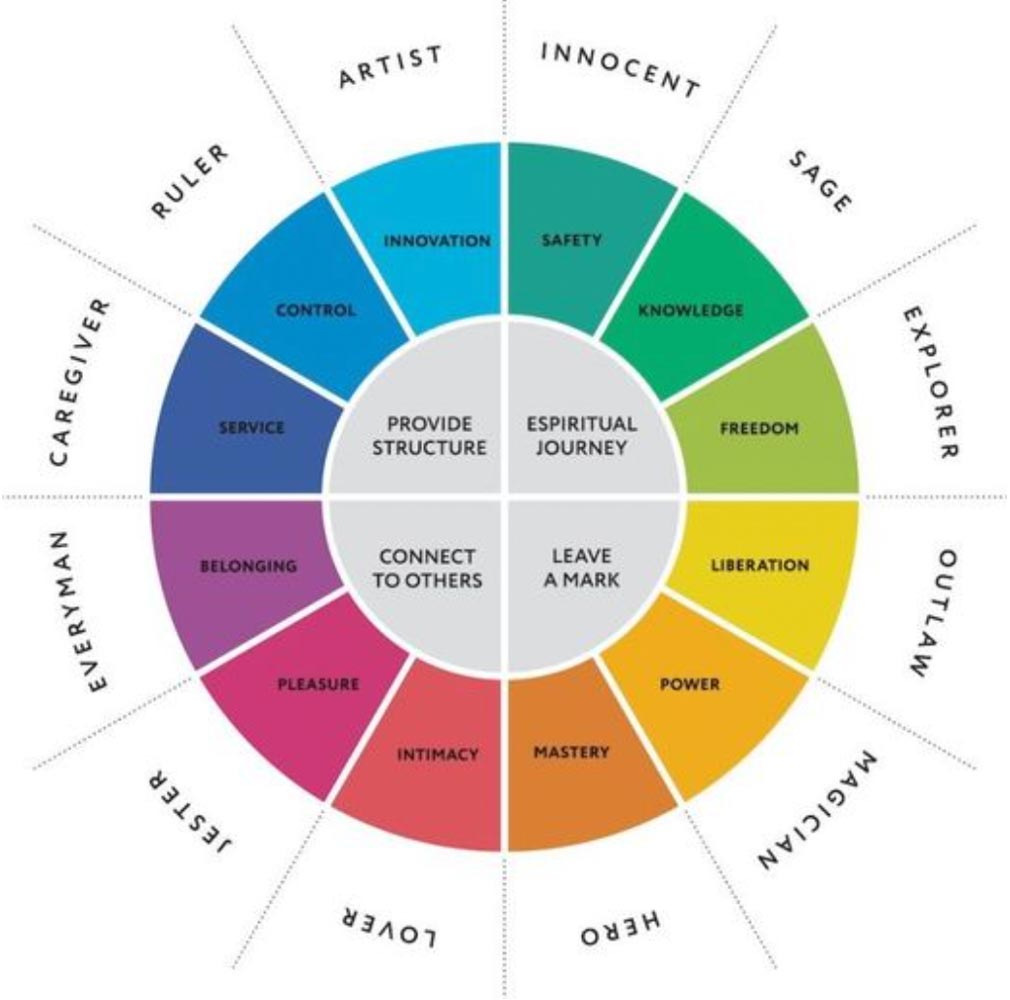
These can be used to exemplify characteristics of brand persona, as well as defining communications and visualization expressions—in branding. And, in Jung’s theory, these are a deeper patterning that finds itself manifested from a psychic current of underlying collective unconscious throughout all humankind.
For example, the hero is a narrative that is a repetitive legend, as Joseph Campbell espoused in his study of the hero’s narrative journey as a patterning of stories that are evidenced in an global literary legacy—the principles of “The Hero of with a Thousand Faces,” Campbell, in an overview from Wikipedia, “calls the motif of the archetypal narrative, “the hero’s adventure”. In a well-known passage from the introduction to The Hero with a Thousand Faces, Campbell summarizes the monomyth: a hero ventures forth from the world of common day into a region of supernatural wonder: fabulous forces are there encountered and a decisive victory is won: the hero comes back from this mysterious adventure with the power to bestow boons on his fellow man.”
Thinking about this in the construct of GIRVIN’s experience in building legendary brands—I’d walk to Jamie Kern Lima, co-founder of IT Cosmetics as a brand heroine. The spirit of her brand was founded on her legacy as a Beauty Pageant participant, a TV News Anchorwoman, who developed sophisticated make-up techniques—starting, as ever, “in the ordinary world,” with the aid of inspiration, she crosses into new planes of experience—there would be, in the heroine’s journey, a “road of trials,” the greatest of challenges, tests—balanced with gifts and boons—and then, passing all trials and journeys, brings back the gifts from “the other world” for the enrichment of others.
That journey might be storytelling that starts in her early TV presentation work, inspirations, product development, fundraising, our collaborations in Seattle and NYC, then onwards to the build-out of her visioning.
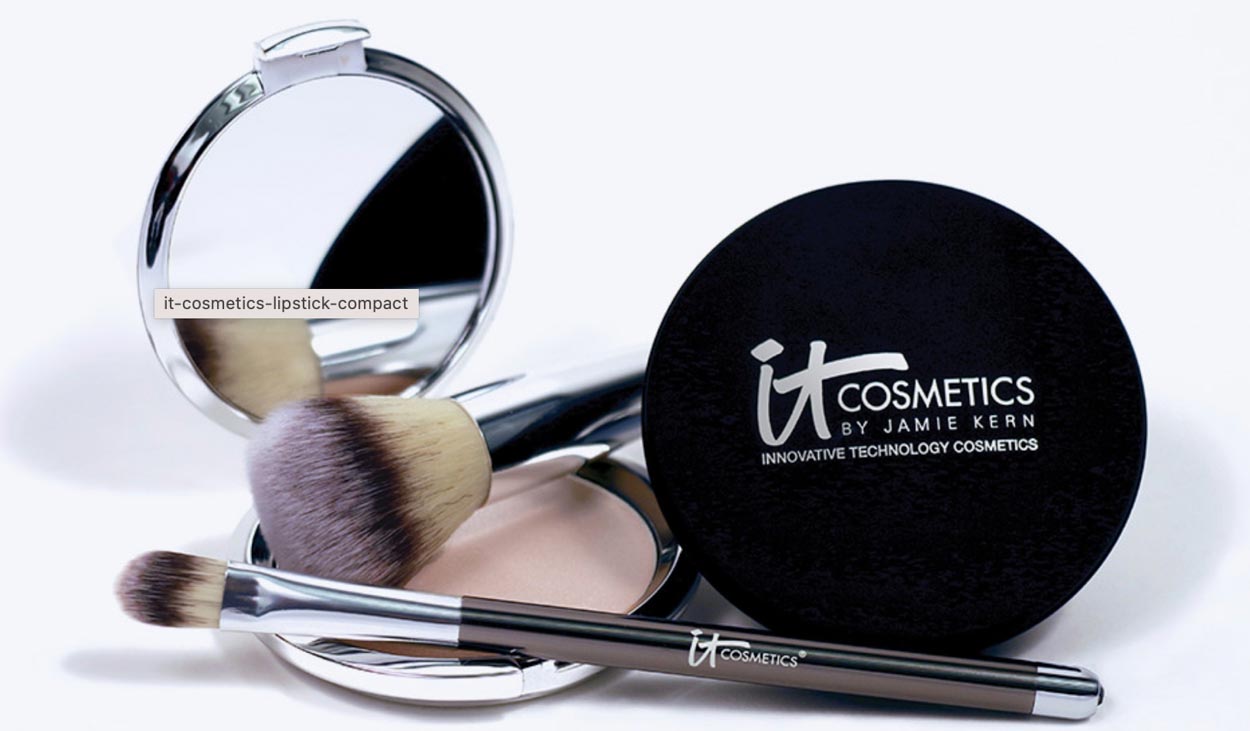
I’ve written earlier about our brand kickstarter BrandQuest® workshop with Jamie Kern.
She’s the hero[ine.]
A chart from the BrandQuest®
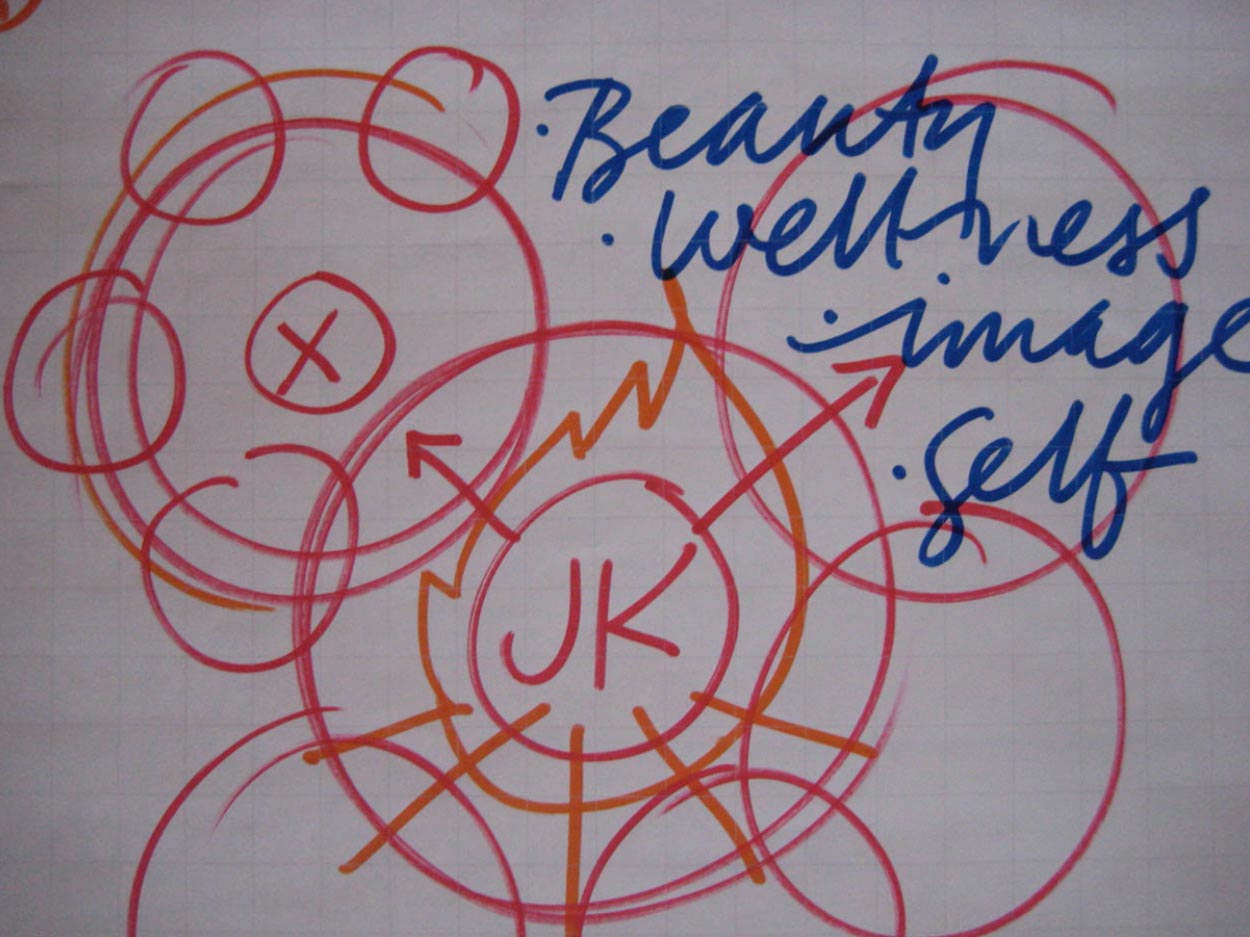
There are others, of course—Hero brands in our history, and brands that are founded by heroic personalities, and the building of brands that could be similarly defined.
What of you—
what’s your hero brand?
B R A N D a i d
––––––––––––––––––––
Tim
GIRVIN | Strategic Brands
digital | built environments by Osean | theatrical branding
waves | art | talismanika™
Projects in strategy | story | naming | messaging | print
identity | built environments | packaging
social media | websites | interactive